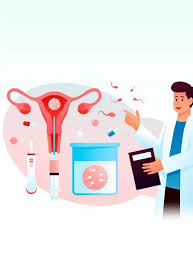On an average, the cells in your body change every 7 to 10 years, but there are cells in one part of the body that can work for more than 200 years. However, there are some other organs in the body that can keep working for more than 100 years.
Neutrophil cells (a type of white blood cell) can last only for two days, while the cells between the lenses of the eyes live for the entire life. However, most of the cells in the human body change every 7 to 10 years.
These cells are of the brain, whose lifespan is more than 200, that is, about three times your average age. The lifespan of brain cells, especially neurons, can be more than 200 years. Researchers conducted this experiment on mice. The result was much better.
In 2013, researchers transplanted neurons of old mice into the brains of long-lived mice and found that the cells were healthy even after the mice lived two full lives.
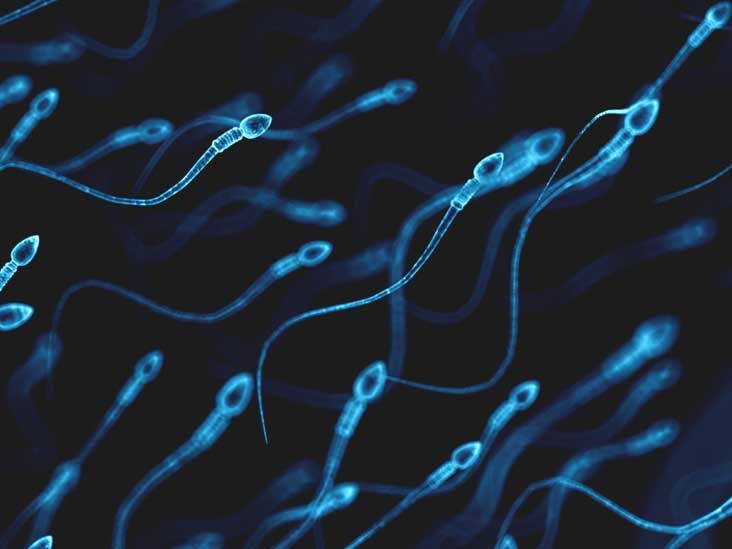
Now let us also see which cells of the human body live for how long.
Brain cells – more than 200 years
Eye cells – lifelong
Heart muscle cells – 40 years
Intestine cells – 15.9 years
Skull muscle cells – 15.1 years
Fat cells – 8 years
Liver cells – 10-16 months
Pancreas cells – 1 year
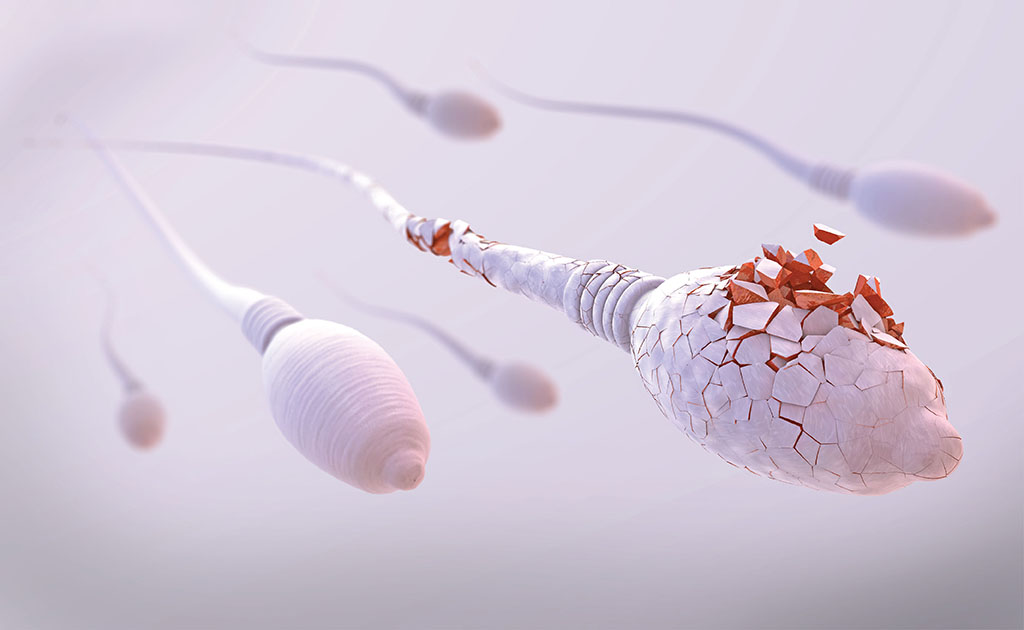
However, these cells keep on making new cells and replacing them on their own, so we do not know when they are being made and destroyed.
Organs that work for 100 years
Toes: Toes are capable of working for more than 100 years.
Sexual organs: Sexual organs may be able to function for more than a century.
Digestive system: The digestive system may function for more than 100 years despite possible changes in its role
Why it is challenging for humans to live to be 100 years
The human body has many design flaws and imperfections that make it challenging to live to be 100 years in good health. Although scientists are working on it, it will not be easy to make our anatomy completely flawless.
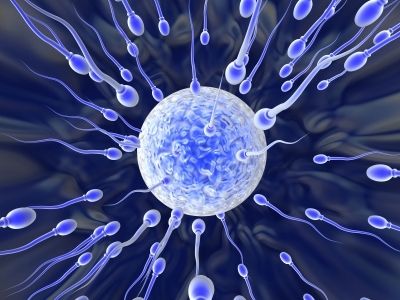
Do sperm cells die in 3 days?
Inside the male body, sperm can survive up to 74 days in the shell reproductive system. The body reabsorbs them if they are not ejaculated. However, inside the female body, sperm can survive up to 5 days inside the reproductive tract, especially in the cervix at the time of ovulation. When outside the body, sperm die within a few minutes, as they need a moist, warm environment to survive.
How do we age when cells are constantly being made?
Most cells die and then regenerate. But there comes a time when the DNA that carries the instructions for cell processes gets damaged and cell division stops, and as a result we start aging and become more prone to diseases.
When our body cells die, where do they go?
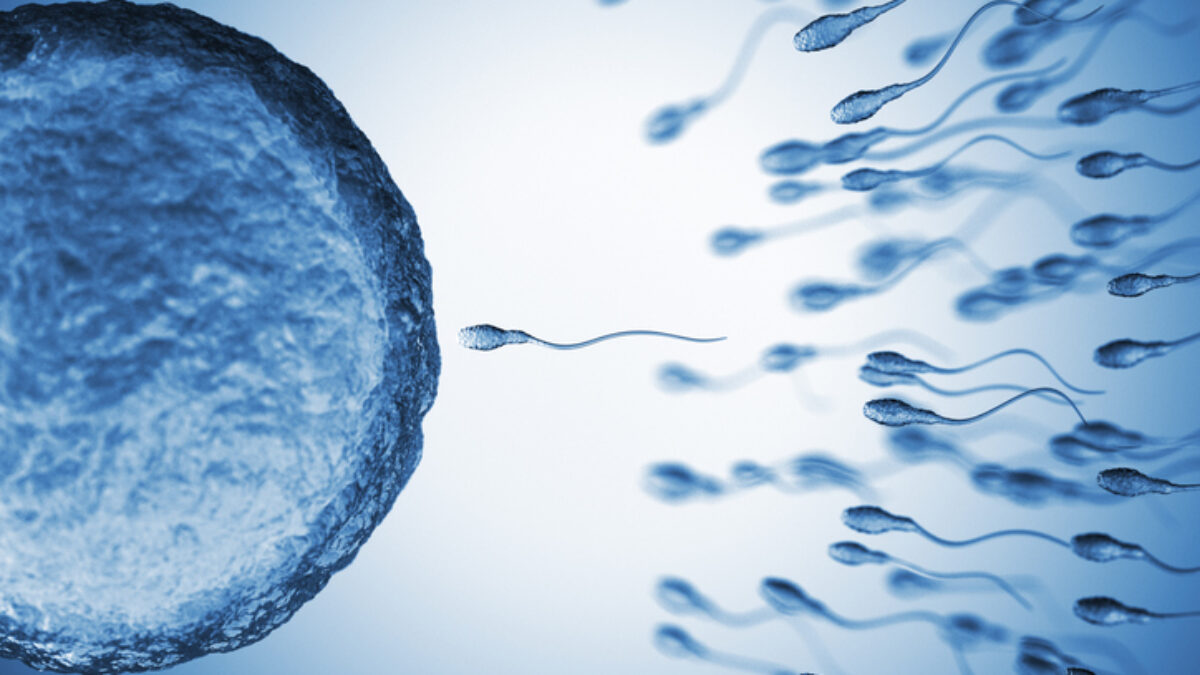
When cells on our body’s surface or in our intestinal lining die, they are removed. Inside our body, phagocytes – white blood cells that engulf other cells – also engulf them. Also, the energy from some of the dead cells is partially recycled to make other white blood cells.
How many cells are in our body?
The human body has about 37.2 trillion cells. This number comes from a 2014 study published in the Annals of Human Biology, which aimed to provide a more accurate estimate of the total number of cells in the human body. The average adult human body contains about 30 trillion human cells. Red blood cells make up the majority of human cells, making up approximately 84%.



